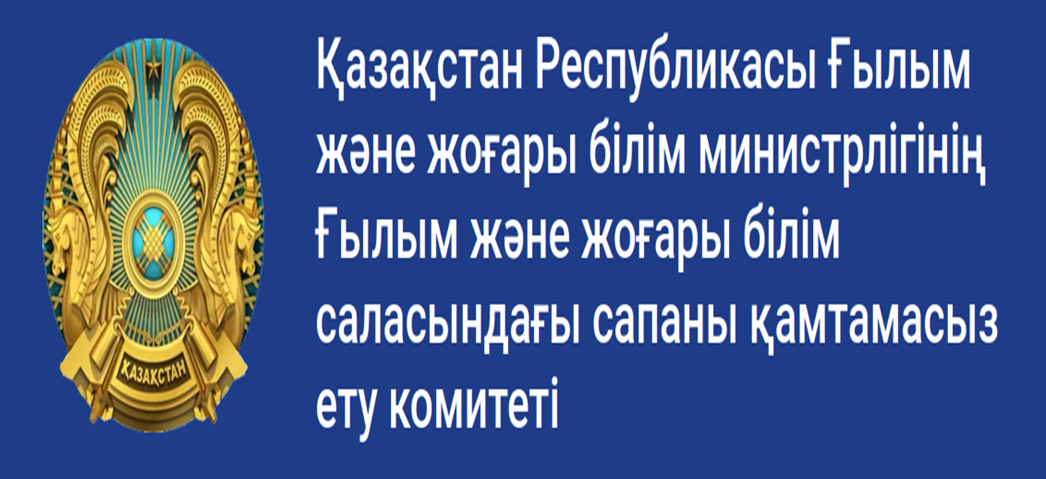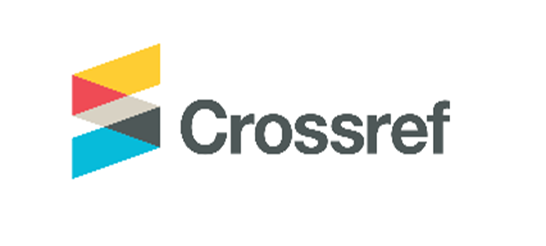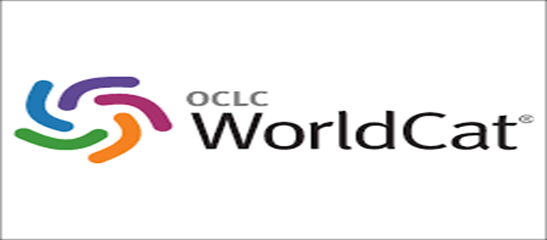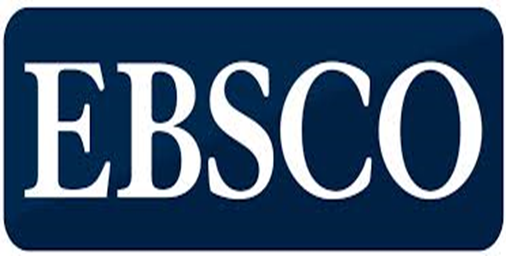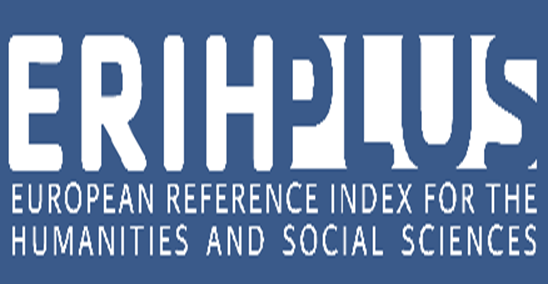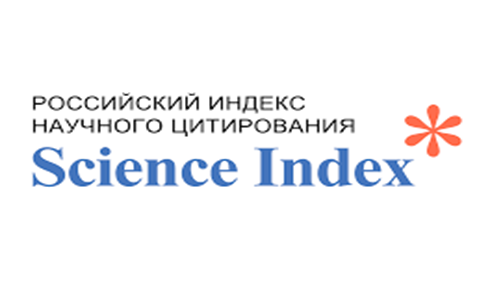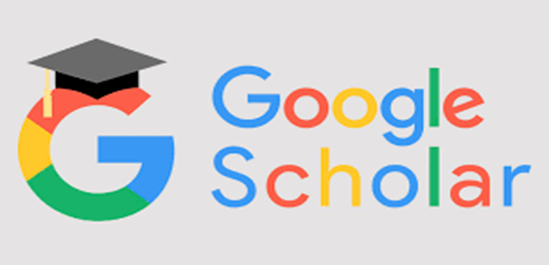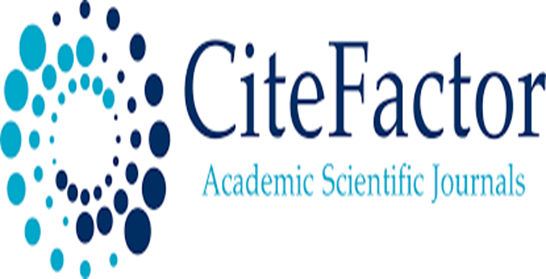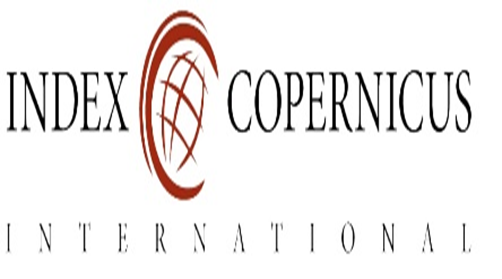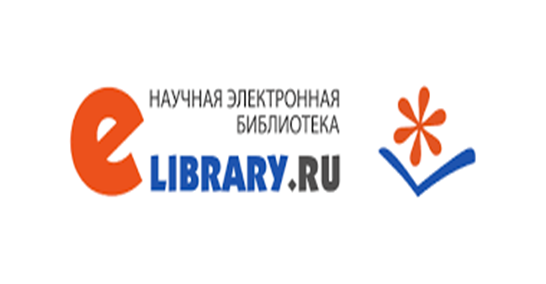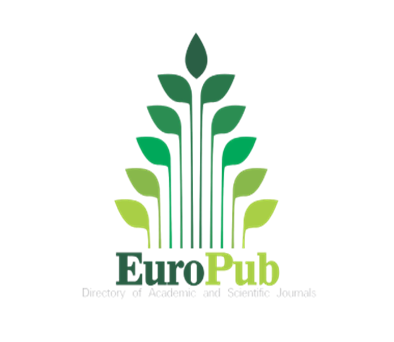Secondary use of Turkic aristocratic memorials (Archaeological notes on the margins of the Orkhon atlas published in Kazakhstan)
Views: 293 / PDF downloads: 240
DOI:
https://doi.org/10.32523/2664-5157-2022-4-23-34Keywords:
Turkic Khaganates, memorial complexes, nobility memorials, their veneration and use, family tamgas, atlas, Khaganate, balbalsAbstract
In 2005-2006 in Astana, professors of the L.N. Gumilyov Eurasian National University
Myrzatay Zholdasbekov and Karzhaubay Sartkozhauly published an atlas of memorials of the Turkic
Khaganates of the 6th-8th centuries, preserved on the lands of Mongolia. It included not only stelae
with inscriptions carved on them, but also their archaeological and landscape surroundings. Such
a consolidated edition created new opportunities for scientific work. In particular, it turned out
that these monuments were repeatedly visited by contemporaries and descendants, and also reused
by them. At the memorials of Kul-tegin and Kosho-Tsaidam III, statues taken from other memorial
complexes that belonged to the previous time were reused. True, they did not belong to the culture of
the Turk people and in the new place did not depict the deceased or his entourage, but served as simple
balbals. However, at Erdenemandal V’s commemoration, the building material was a slab with a runic
inscription, taken from an early Turkic monument. When rebuilding for a new memorial in Ungetu, the previous one was not destroyed and its statues were used. The steles of the Ongin complex, bearing
inscriptions and family tamgas, testify that it was used to perpetuate the memory of a grandfather,
father, and grandson. The slab with the scene of the funeral feast in Askhete was later supplemented
with a runic inscription on the side, then with a personal tamga carved in the corner. Visits to the
memorials of the Second Eastern Turkic Khaganate later than their creation prove family and personal
tamgas, but this is a topic for a separate study.
Downloads
Reference
Войтов В.Е., 1996. Древнетюркский пантеон и модель мироздания в культово-поминальных памятниках Монголии VI–VIII вв. М.: Изд-во Гос. музея Востока. 152 с.
Войтов В.Е., 1987. Каменные изваяния из Унгету // Центральная Азия. Новые памятники письменности и искусства. Москва: Наука, Глав. редакция вост. лит-ры. С. 92-109.
Войтов В.Е., 1989. Онгинский памятник. Проблемы культуроведческой интерпретации. Советская тюркология. 3. С. 34-50.
Войтов В.Е., 1986. Древнетюркские памятники на Хануе. Советская археология. 4. С. 74-89.
Жолдасбеков М., Сартқожаұлы Қ., 2005. Орхон ескерткiштерiнiң толық атласы. Астана: Күлтегiн. 360 с.
Жолдасбеков М., Сарткожаулы К., 2006. Атлас орхонских памятников. Астана: Күлтегiн. 360 с.
Кляшторный С.Г., 1978. Храм, изваяние и стела в древнетюркских текстах (К интерпретации Ихэ-Ханын-норской надписи) // Тюркологический сборник. 1974. Москва: Наука, Глав. редакция вост. лит-ры. С. 238-255.
Кляшторный С.Г., 2003. История Центральной Азии и памятники рунического письма. СПб.: Филолог. факультет СПбГУ. 560 с.
Кызласов И.Л., 1998. Результаты раскопок поминальных оградок могильника Эдегей (Факты вторичного использования древнетюркских оградок VI-VIII вв. в раннем средневековье) // Древности Алтая. Известия лаборатории Горно-Алтайского госуниверситета. 3. Горно-Алтайск: ГАГУ. С. 143-165.
Кызласов И.Л., 2021. Корни башкирской геральдики: аристократические тамги тюркских государств раннего средневековья // Башкиры в контексте междисциплинарных исследований тюркских народов Евразии. Материалы научной сессии по этнической истории и антропологии башкир. Уфа: Самрау. С. 254-267.
Кызласов И.Л., 2020. Современные основы тюркской руники. Turkic Studies Journal. № 2. С.6-14.
Кызласов Л.Р.,1964. О назначении древнетюркских каменных изваяний, изображающих людей. Советская археология. № 2. С. 27-39.
Кызласов Л.Р., 1969. История Тувы в средние века. М.: Изд-во Москов. ун-та. 211 с.
Могильников В.А., 1981. Тюрки // Археология СССР. Степи Евразии в эпоху средневековья. Москва: Наука. С. 29-43.
Радлов В.В., 1892-1899. Атлас древностей Монголии. Вып. 1-4 / Труды Орхонской экспедиции. СПб.: Типография Имп. АН. 296 с.
Inscriptions, 1892. Inscriptions de l’Orkhon recueillies par l’expédition finnoise 1890 et publiées par la Société Finno-Ougrienne. Helsingfors: Imprimerie de la Société de Littérature Fin¬noise. L+48+66+1.






